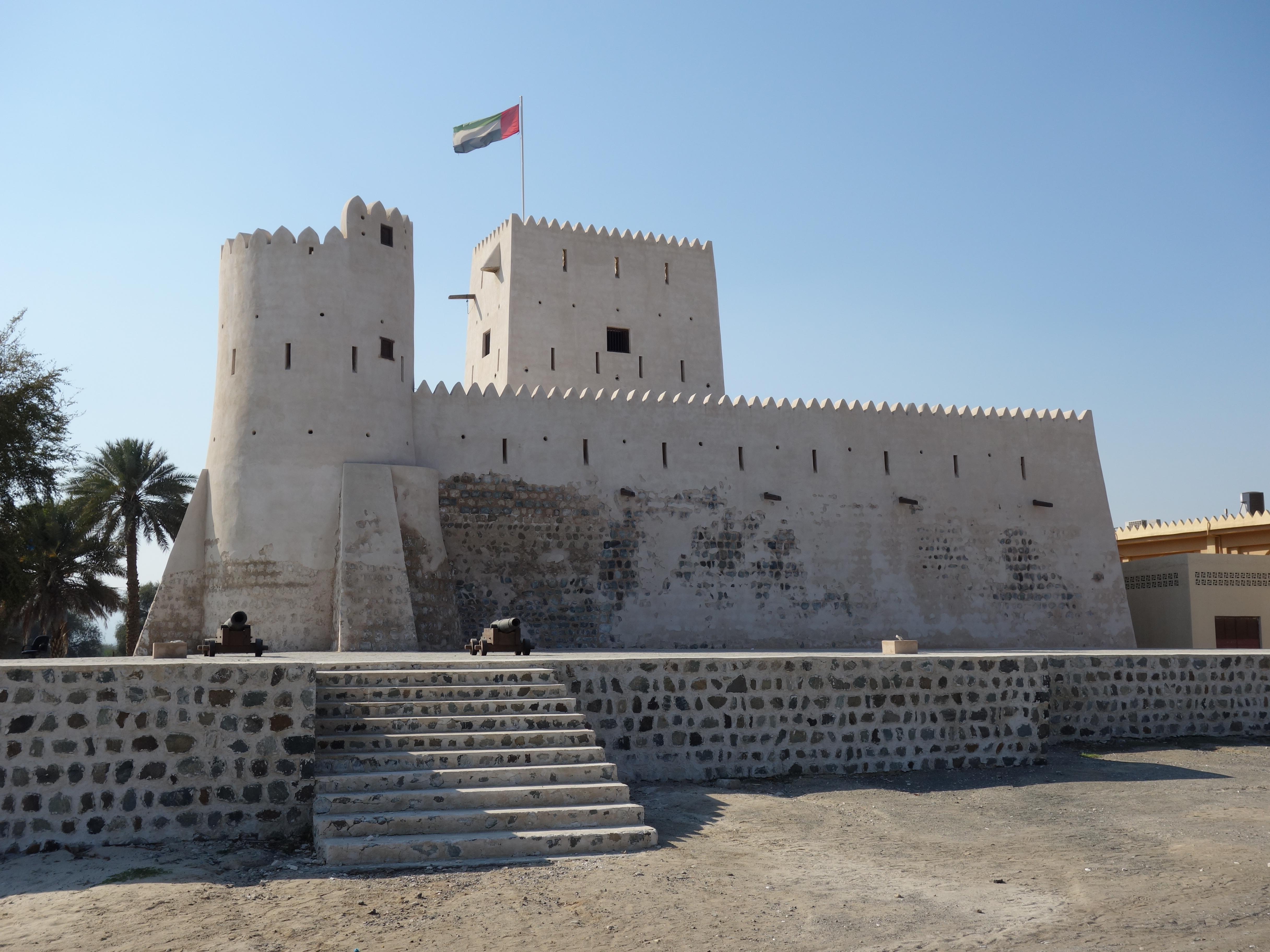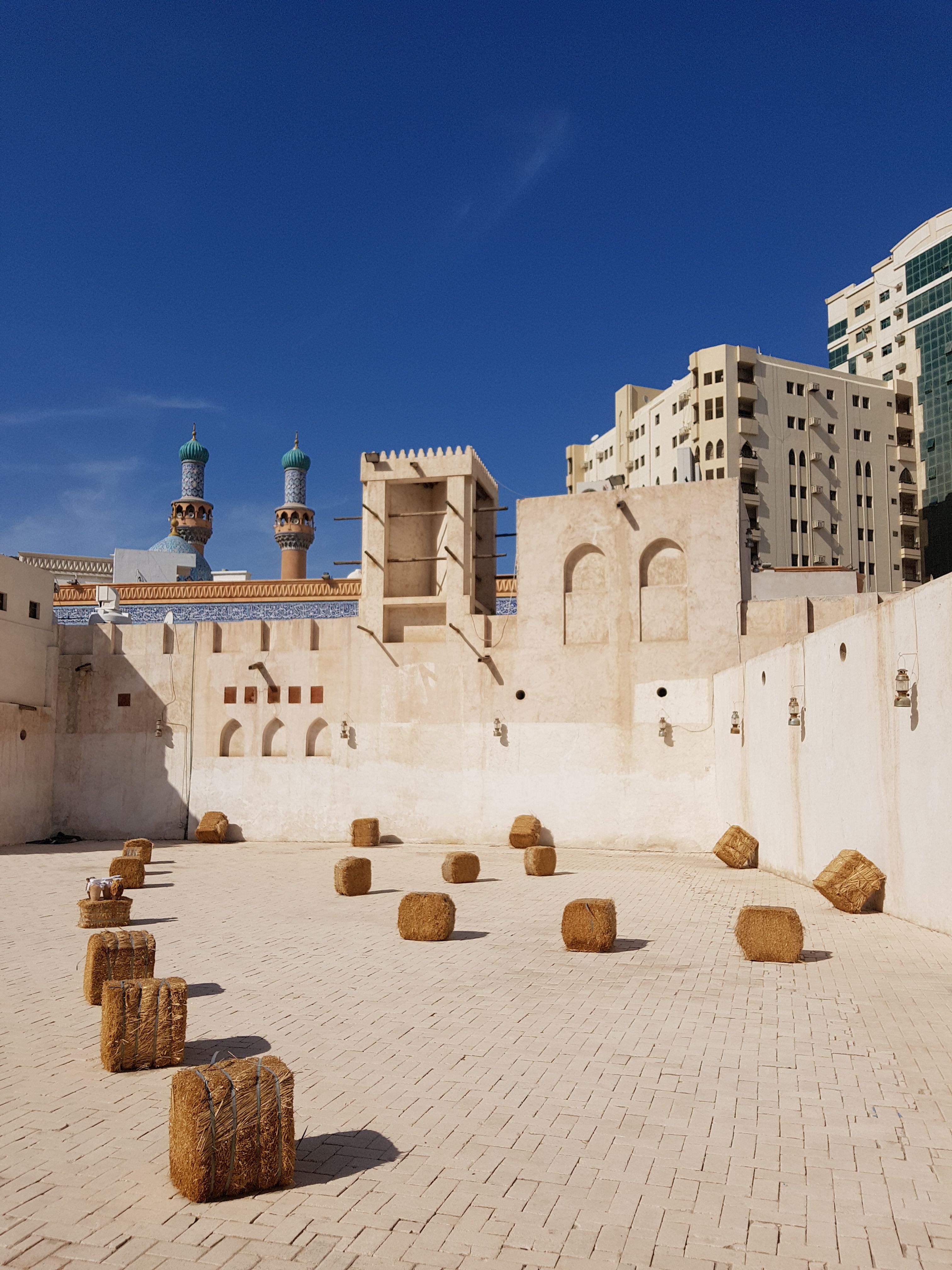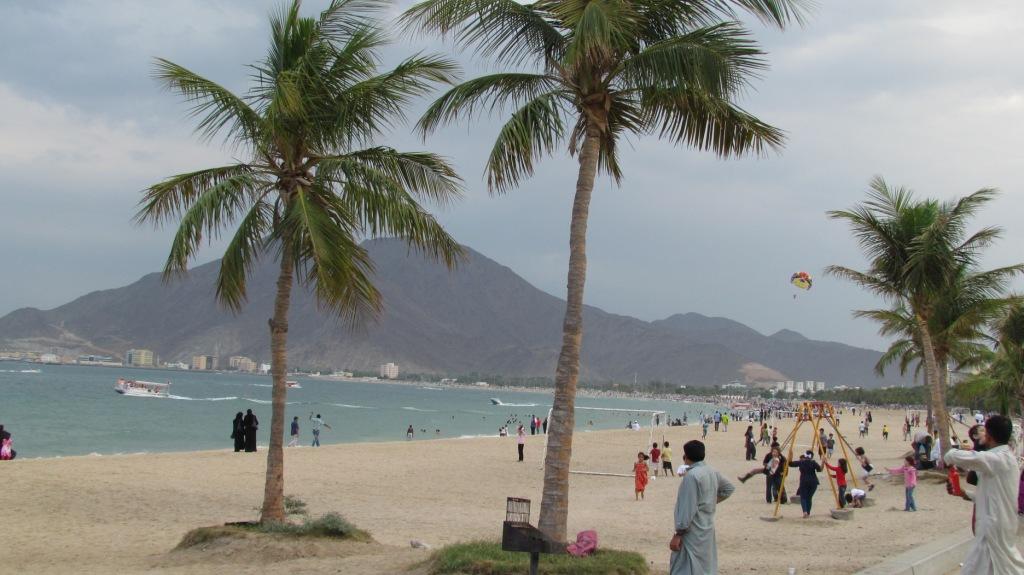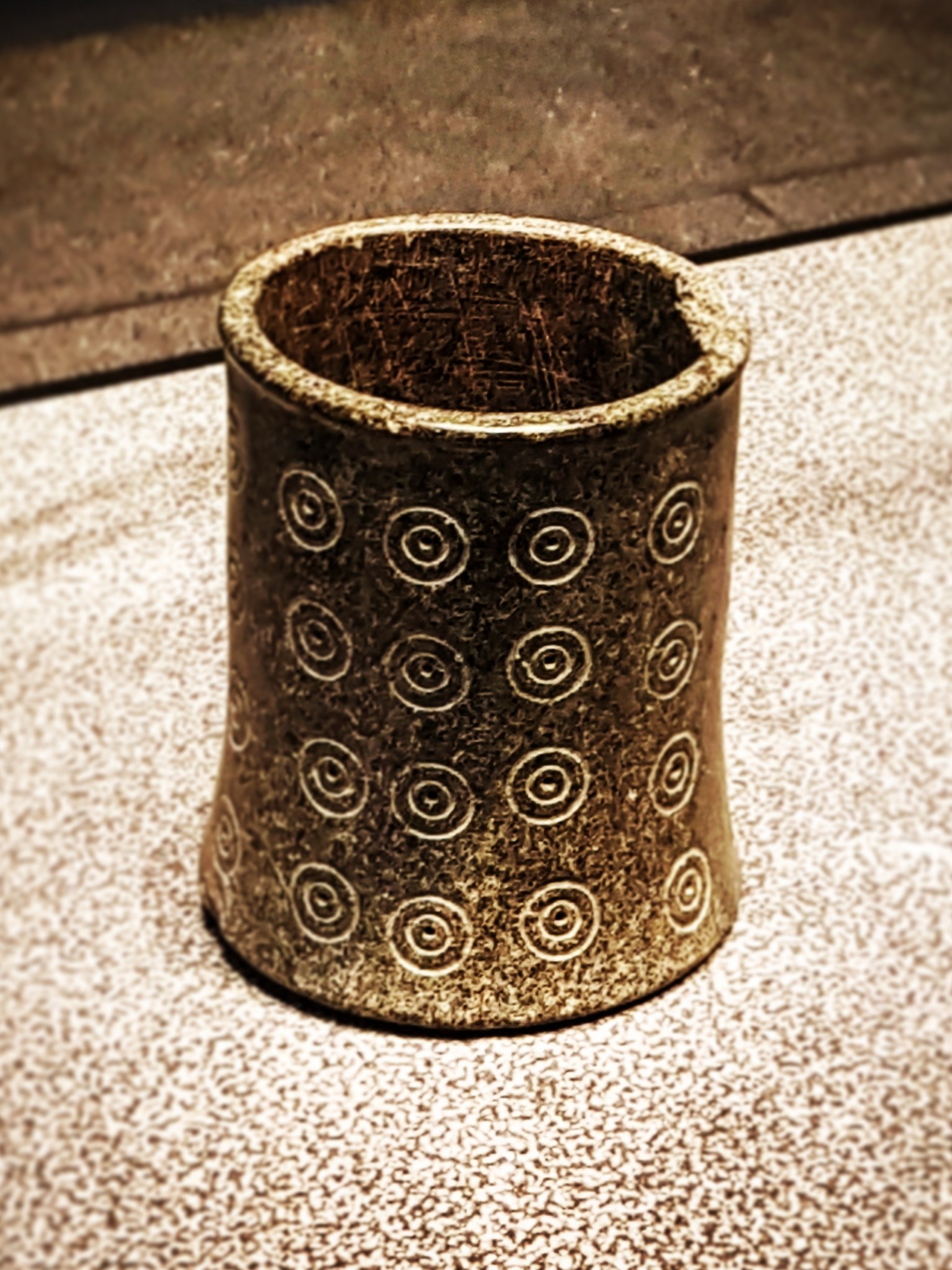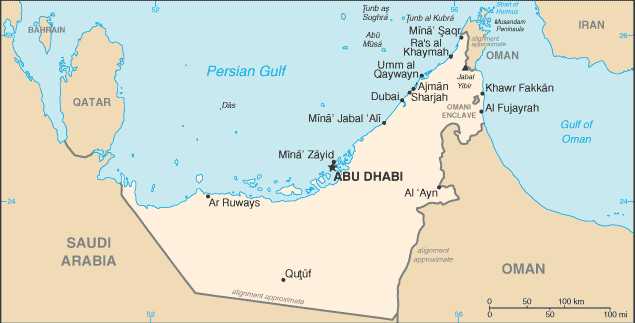|
Kalba
Kalba () is a city in the Emirate of Sharjah in the United Arab Emirates (UAE). It is an exclave of Sharjah lying on the Gulf of Oman coast north of Oman. Khor Kalba (Kalba Creek), an important nature reserve and mangrove swamp, is located south of the town by the Omani border. Kalba Mangrove reserve is open to the public and was developed as an eco-tourism resort by the Sharjah Investment and Development Authority (Shurooq). A number of conservationists and ecologists have expressed concern regarding the project. History Shell middens dating back to the fourth millennium BCE have been found at Kalba, as well as extensive remains of the Bronze Age Umm Al Nar culture. An extensive and important assembly of petroglyphs lies to the south of Kalba at Khatm Melaha. Portuguese The town was captured by the Portuguese Empire in the 16th century and was referred to as ''Ghallah''. It was part of a series of fortified cities that the Portuguese used to control access to the Persi ... [...More Info...] [...Related Items...] OR: [Wikipedia] [Google] [Baidu] |
Kalba Mangrove Reserve
Kalba Mangrove reserve is a natural reserve to a protected natural mangrove forest located in Kalba, Sharjah. Conservation efforts around the mangrove have sought to protect the declining populations of white-collared kingfisher birds that inhabit the area. Flora and Fauna The coastal mangrove consists of ''Avicennia marina'', trees of the inland savanna include ''Ziziphus spina-christi'', ''Prosopis cineraria'' and the Umbrella Thorn ''Acacia tortilis''. The world's largest population of loggerhead sea turtle ''(Caretta caretta)'' breeds on Masirah Island and other turtles that come to these coasts include the olive ridley ''(Lepydochelys olivacea)'', green turtle ''(Chelonia mydas)'' and the endangered hawksbill turtle ''(Eretmochelys imbricata)''. The area is extremely rich in bird life. Endemic birds include a species of collared kingfisher. Kalba Mangrove Center The Khor Kalba Mangrove Center was opened in the spring of 2021 as a sanctuary to protect the 300 year old ma ... [...More Info...] [...Related Items...] OR: [Wikipedia] [Google] [Baidu] |
Sharjah Investment And Development Authority
The Sharjah Investment and Development Authority, also known as Shurooq, is responsible for the development of the Emirate of Sharjah, one of the seven emirates of the United Arab Emirates (UAE) as an investment, tourism, and business destination. History Shurooq was established by Amiri decree in 2009. In its first decade of operations, Shurooq built a portfolio of completed and ongoing projects comprising $2 billion, with a total area of 11.74 million square metres. Its key projects include Al Noor Island, Flag Island, Al Qasba, Al Majaz Waterfront, Al Montazah Amusement and Water Park, Mleiha Archeological Center, Heart of Sharjah (including the $27 million Al Bait Hotel), and the establishment of the City Sightseeing Bus Tour. Other hotel developments include the Al Badayer Lodge and Al Faya Lodge (formerly known as Fossil Rock Lodge) projects. All three of Shurooq's luxury lodge projects (the third is Kalba's Kingfisher Lodge) are managed by Mantis Hotels, a joint venture betwe ... [...More Info...] [...Related Items...] OR: [Wikipedia] [Google] [Baidu] |
Kalba Fort
Kalba Fort is an 18th century fort located inland of the coastal city of Kalba on the eastern seaboard of Sharjah, United Arab Emirates. It was restored as a museum and visitor attraction in April 2021. History Originally constructed in 1745, additions were made to the structure of the mudbrick, gypsum and stone structure of the fort in 1820. The fort stands on the site of an original fortification captured by the Portuguese commander Gaspar Leite in March 1624 and is of an unusual construction, with buttressing indicating that it was perhaps developed from an original watchtower under Portuguese architectural influence. It represents one of a string of fortifications on the east coast of the Emirates with Portuguese origins, others being at Khor Fakkan, Al Badiyah and Dibba Dibbā () is a coastal area at the northern tip of the eastern Arabian Peninsula on the Gulf of Oman. Political administration Dibba is politically divided into three segments: * Dibba Al-Fujairah, ru ... [...More Info...] [...Related Items...] OR: [Wikipedia] [Google] [Baidu] |
Emirate Of Sharjah
The Emirate of Sharjah (; ') is one of the emirates of the United Arab Emirates, which covers and has a population of over 1,400,000 (2015). It comprises the capital city of Sharjah, after which it is named, and other minor towns and exclaves such as Kalba, Al Dhaid, Dibba Al-Hisn and Khor Fakkan. The emirate is an absolute monarchy. It has been ruled by Sultan bin Muhammad Al-Qasimi since 1972, except for a seven-day period during an attempted coup d'etat by his brother, Sheikh Abd al-Aziz bin Muhammad Al Qasimi. History Human settlement in the area covered by the emirate has existed for over 120,000 years, with significant finds made of early axes and stone tools as well as Copper and Iron Age implements in Al Dhaid, Al Thuqeibah, Mileiha, Tell Abraq, Muwailah, Al Madam and Jebel Faya. Archaeological finds in the Mleiha area point to human habitation consistent with the spread of humanity from Africa to the wider world, evidenced by finds displayed at the Ml ... [...More Info...] [...Related Items...] OR: [Wikipedia] [Google] [Baidu] |
Naqbiyin
The Naqbiyin (, singular Al Naqbi) is a tribe of the United Arab Emirates (UAE). They are mostly settled within the emirates of Sharjah and Ras Al Khaimah and have long been influential in the tribal politics of both emirates. By the turn of the 20th century, the Naqbiyin had mostly settled in the emirate of Sharjah and were to be found in Khor Fakkan, Kalba as well as Dibba and Fahlain (today a suburb of Ras Al Khaimah). They had also settled at Khatt and Daftah in the Wadi Ham. Altogether, the settled population at that time was mostly involved in agriculture and numbered some 1,800 people. Ras Al Khaimah The tribe's settled territory included the Wadi Naqab in Ras Al Khaimah, to which the tribe gave its name. The tribe dispersed from the agriculturally rich wadi after a series of disputes with pre- Al Qawasim local rulers. The tribe has traditionally been considered close to the Qawasim. Khatt and Fahlain, two villages on the Jiri plain where the Naqbiyin dominate the ... [...More Info...] [...Related Items...] OR: [Wikipedia] [Google] [Baidu] |
Trucial States
The Trucial States, also known as the Trucial Coast, the Trucial Sheikhdoms, or Trucial Oman, was a group of tribal confederations to the south of the Persian Gulf (southeastern Arabia) whose leaders had signed protective treaties, or truces, with the United Kingdom between 1820 and 1892. The Trucial States remained an informal British protectorate until the treaties were revoked on 1 December 1971. The following day, six of the sheikhdoms— Dubai, Abu Dhabi, Sharjah, Ajman, Umm Al Quwain and Fujairah—formed the United Arab Emirates; the seventh, Ras Al Khaimah, joined on 10 February 1972. Overview The sheikhdoms included: * Abu Dhabi (1820–1971) * Ajman (1820–1971) * Dubai (1833–1971) * Fujairah (1952–1971) * Kalba (1936–1951) * Ras Al Khaimah (1820–1972) * Sharjah (1820–1971) * Umm Al Quwain (1820–1971) The sheikhdoms allied themselves with the United Kingdom through a series of treaties, beginning with the General Maritime Treaty of ... [...More Info...] [...Related Items...] OR: [Wikipedia] [Google] [Baidu] |
Sharqiyin
The Sharqiyin (, singular Al Sharqi ) is a tribe of the United Arab Emirates (UAE). The Sharqiyin were long the dominant tribe along the East coast of the Trucial States (and the second most numerous in the area around the start of the 19th century), an area known as Shamailiyah. A 1968 census showed 90% of the tribal population of Fujairah was Sharqiyin. They were traditionally dependents of Sharjah and, over the centuries, made several attempts to secede and declare independence, finally practically managing this from 1901 onwards and finally gaining British recognition as a Trucial State, Fujairah, in 1952. They settled all along the East Coast of the Trucial States, from Kalba to Dibba, as well as in the Wadi Ham and Jiri plain and by the turn of the 20th century they were some 7,000 strong. Three sections of the tribe are notable, the Hafaitat (from which the ruling family of Fujairah derives), the Yammahi and the Hamudiyin. After the Bani Yas, the Sharqiyin were th ... [...More Info...] [...Related Items...] OR: [Wikipedia] [Google] [Baidu] |
Kunud
The Kunud (singular Al Kindi) is a tribe of the United Arab Emirates (UAE) and Oman. By the turn of the 20th century, the Kunud, a population of some 1,500, were mostly settled on the East Coast, from Nizwa in Oman to Kalba in Sharjah and Al Hayl in Fujairah, as well as Mahdah and Buraimi. Long associated with the Sudan (Al Suwaidi), the Kunud have been linked to Miqdad ibn Aswad Al Kindi, an immigrant into Oman from Yemen at the time of the Islamic prophet, Muhammad. Traditionally, the Kunud followed the Omani Ibadi Ibadism (, ) is a school of Islam concentrated in Oman established from within the Kharijites. The followers of the Ibadi sect are known as the Ibadis or, as they call themselves, The People of Truth and Integrity (). Ibadism emerged around 6 ... faith. References {{Arab tribes in the United Arab Emirates Tribes of the United Arab Emirates Tribes of Arabia ... [...More Info...] [...Related Items...] OR: [Wikipedia] [Google] [Baidu] |
United Arab Emirates
The United Arab Emirates (UAE), or simply the Emirates, is a country in West Asia, in the Middle East, at the eastern end of the Arabian Peninsula. It is a Federal monarchy, federal elective monarchy made up of Emirates of the United Arab Emirates, seven emirates, with Abu Dhabi serving as its capital. It shares land borders with Oman to the east and northeast, and with Saudi Arabia to the southwest; as well as maritime borders in the Persian Gulf with Qatar and Iran, and with Oman in the Gulf of Oman. , the UAE has an estimated population of over 10 million, of which 11% are Emiratis; Dubai is List of cities in the United Arab Emirates, its most populous city and is an international hub. Islam is the State religion, official religion and Arabic is the official language, while English is the most spoken language and the language of business. The United Arab Emirates Oil reserves in the United Arab Emirates, oil and natural gas reserves are the world's List of countries by pr ... [...More Info...] [...Related Items...] OR: [Wikipedia] [Google] [Baidu] |
Umm Al-Nar Culture
Umm Al Nar () is a Bronze Age culture that existed around 2600-2000 BCE in the area of the modern-day United Arab Emirates and Northern Oman. The etymology derives from the island of the same name which lies adjacent to the city of Abu Dhabi, the capital of the UAE, which provided early evidence and finds that came to define the period. The Umm Al Nar people were important regional trading intermediaries between the ancient civilisations of Sumer in Mesopotamia and the Indus Valley Harappan culture. Known to the Sumerians as 'Magan', the area was the source of Sumer's copper and diorite as well as a trading entrepot for other goods from the Indus Valley, including carnelian jewellery. Location The key site on the island, today known as ''Sas Al Nakhl'', is protected, but its location between a refinery and a sensitive military area means public access is currently prohibited. Attributes A key indicator of the Umm Al Nar culture is circular tombs typically characterized by we ... [...More Info...] [...Related Items...] OR: [Wikipedia] [Google] [Baidu] |
Oman–United Arab Emirates Border
The Oman–United Arab Emirates border consists of three non-contiguous sections totalling 609 km (378 mi) in length. Description Northern (Musandam) section The northern section of the border divides the Omani exclave of Musandam from the UAE Emirates of Fujairah and Ras Al Khaimah. This peninsula commands the strategic Strait of Hormuz, with the Oman-UAE border consisting of a series of irregular, though roughly horizontal, lines running through mountainous terrain, from the western Persian Gulf coast to the eastern Gulf of Oman coast. Middle (enclaved) section The middle section of the border consists of the Omani enclave of Madha, within which is the UAE counter-enclave of Nahwa, belonging to the Emirate of Sharjah. This territory is the only territory between UAE and Oman which is not lined with any barrier and there is no border crossing between Madha, Nahwa, or the rest of the UAE. Southern section The southern, and by far the longest, section of the frontier sta ... [...More Info...] [...Related Items...] OR: [Wikipedia] [Google] [Baidu] |
India
India, officially the Republic of India, is a country in South Asia. It is the List of countries and dependencies by area, seventh-largest country by area; the List of countries by population (United Nations), most populous country since 2023; and, since its independence in 1947, the world's most populous democracy. Bounded by the Indian Ocean on the south, the Arabian Sea on the southwest, and the Bay of Bengal on the southeast, it shares land borders with Pakistan to the west; China, Nepal, and Bhutan to the north; and Bangladesh and Myanmar to the east. In the Indian Ocean, India is near Sri Lanka and the Maldives; its Andaman and Nicobar Islands share a maritime border with Thailand, Myanmar, and Indonesia. Modern humans arrived on the Indian subcontinent from Africa no later than 55,000 years ago., "Y-Chromosome and Mt-DNA data support the colonization of South Asia by modern humans originating in Africa. ... Coalescence dates for most non-European populations averag ... [...More Info...] [...Related Items...] OR: [Wikipedia] [Google] [Baidu] |
